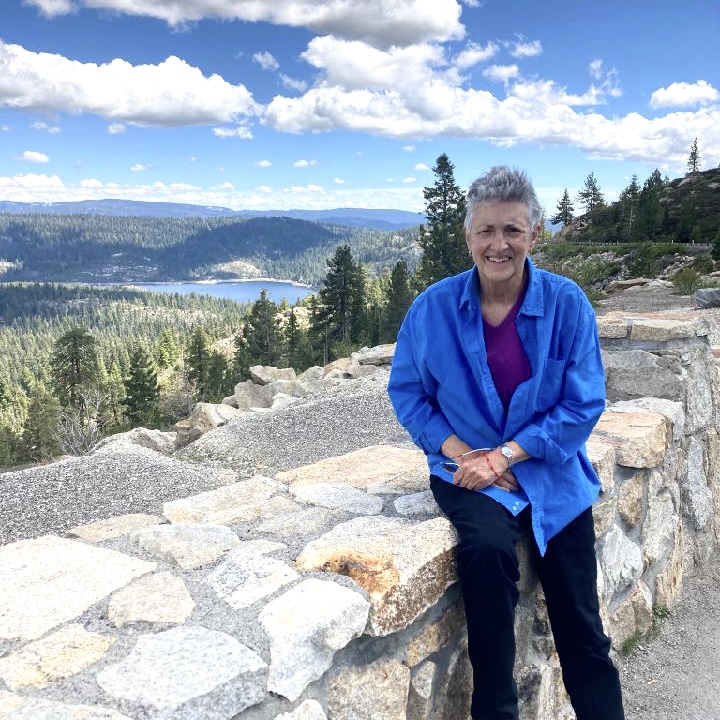Mary is a 72-year-old retired financial planner who splits her time between east and west coast homes. In the west, she does a lot of gardening and walking through the hills of the Bay area. She and her life-long partner have an active social life and sometimes spend hours cooking meals for special occasions.
When we met, her familiar low-back ache that used to be occasional was happening more often, and her upper back was aching during longer cooking projects.
Before working with me, she’d already had an MRI that ruled out anything serious in her spine. A physical medicine physician diagnosed her with piriformis syndrome — a common, if sometimes inaccurate, diagnosis — and prescribed physical therapy (PT).
The “gap” between health care and fitness
In a medical system that works well for aging bodies, this might have solved Mary’s issues, but it didn’t. Here’s why:
- The course of PT was not long enough to make a sustainable difference.
- The physical therapist did not get enough time with Mary to train her to do the exercises effectively on her own.
- Some of the exercises were causing more back pain and needed to be modified so Mary’s body could handle them while she worked up to the PT exercises.
- When the course of PT ended, Mary had gotten a little relief but didn’t know how to continue making progress on her own, to prevent the pain from returning.
Our early collaboration revealed Mary needed more instruction on how to engage her deep core muscles to stabilize her spine. She also needed to approach some of her exercises less vigorously than she was, to avoid hurting herself.
Since Mary travels between homes, the ability to work with me online gave her the flexibility she needed to work consistently.
Why these exercises? Which are most important?
Mary found – as we worked together – it made a big difference for her to understand why she was doing certain exercises, how to do them properly and how to work cooperatively with her body, rather than “muscling through” what she thought she was supposed to do.
Mary was willing to devote some time to her exercises so she could feel better, but she had lots of other fun things to do in her life and wanted to work efficiently.
How many should I do? How often?
The more we worked together, the more I got to understand how Mary would fit these exercises into her daily life. This way, I could give her just the right amount to build and maintain her back strength without overwhelming her to the point where she’d ignore her regimen.
There was some trial and error in the first few weeks, as Mary and I both learned more about her pain patterns, what exact activities were aggravating her back and determined the best exercises for her.
Mary’s back pain became less frequent and diminished in intensity, until – in about three months – it was gone. Her motivation to maintain this state remains high, so she keeps 2 or 3 exercises in her weekly routine while we move on to addressing her cranky shoulder….
“I don’t have the back pain I had, I feel myself standing up straighter, and I’ve been struck by how easy it is – these small movements you can do a couple times a week in a short period of time that really make a difference. It’s been especially helpful to me to learn how my body works and why I’m doing certain exercises. When you don’t know what’s going on inside, you really don’t know what to do. That’s what Susan does that’s so different – she explains things really well, and I understand a lot more about my back now than I did before.”


